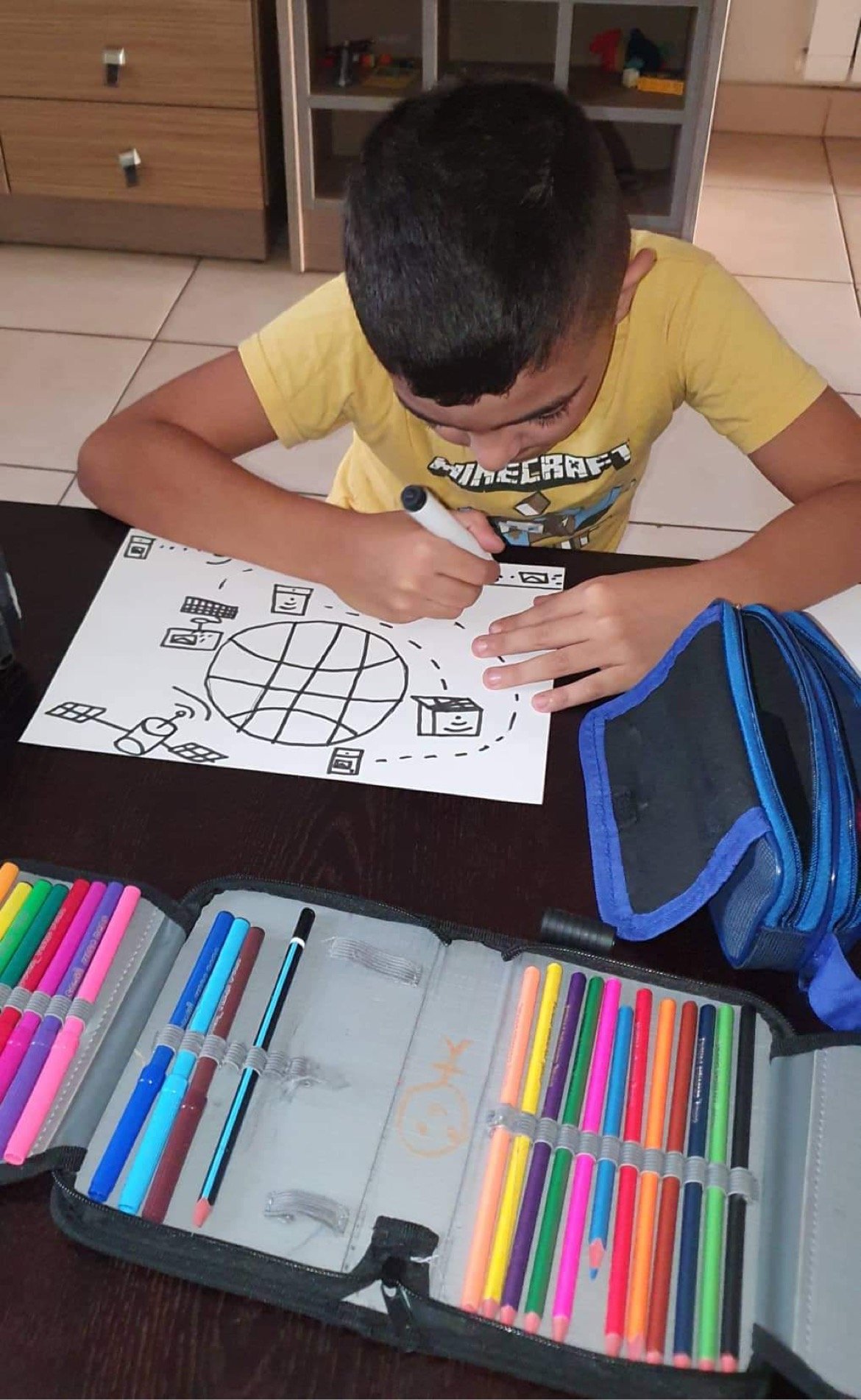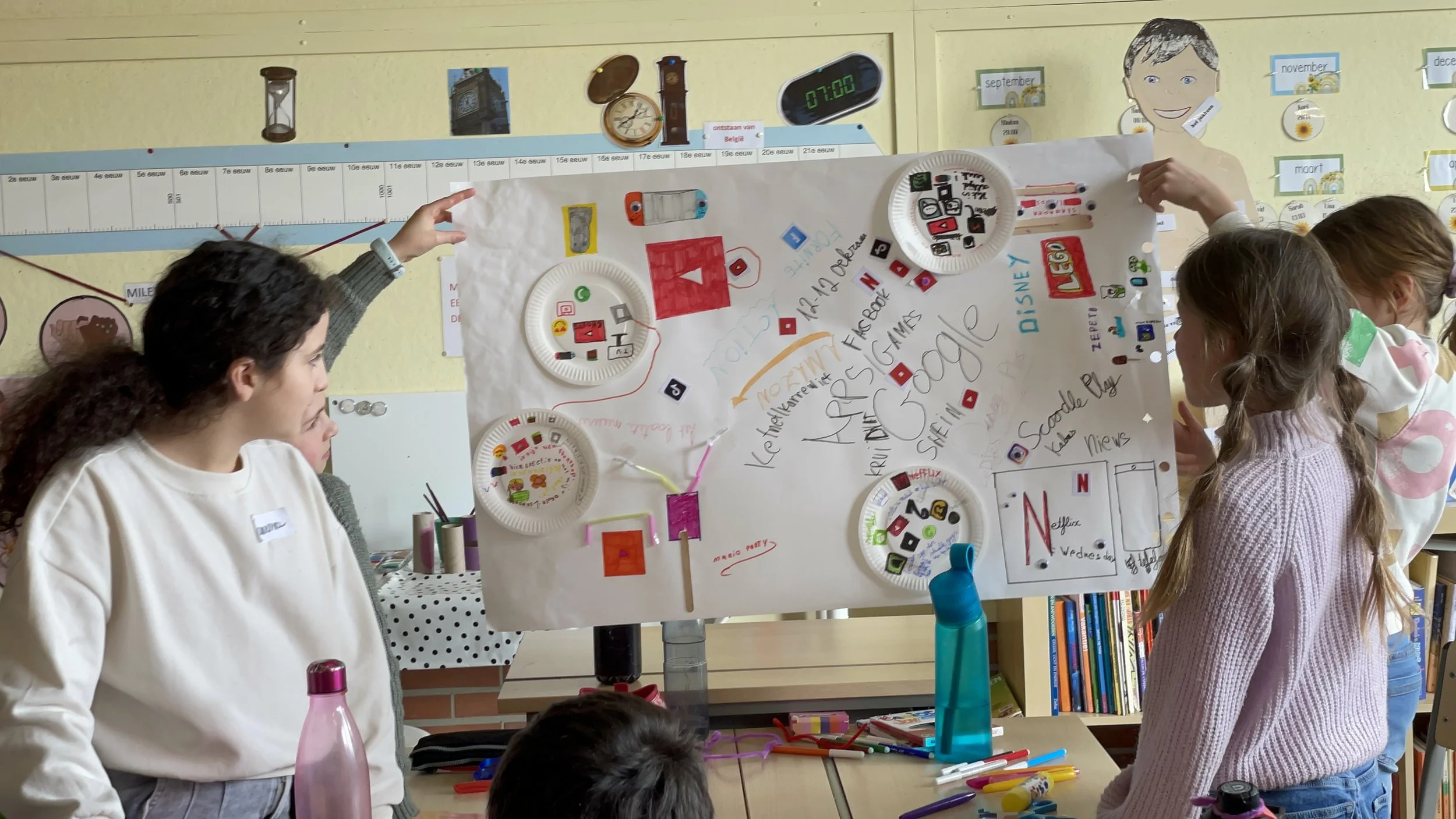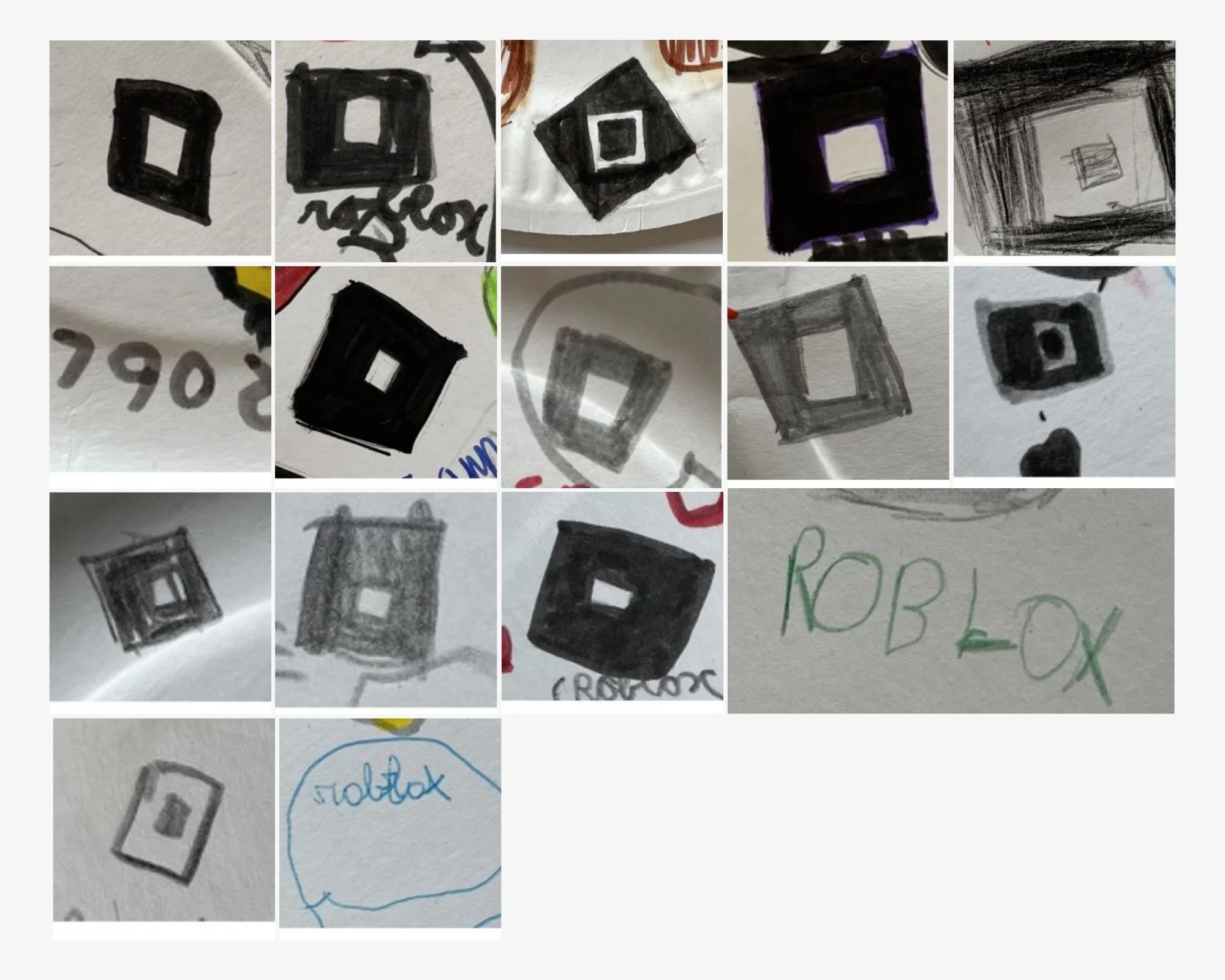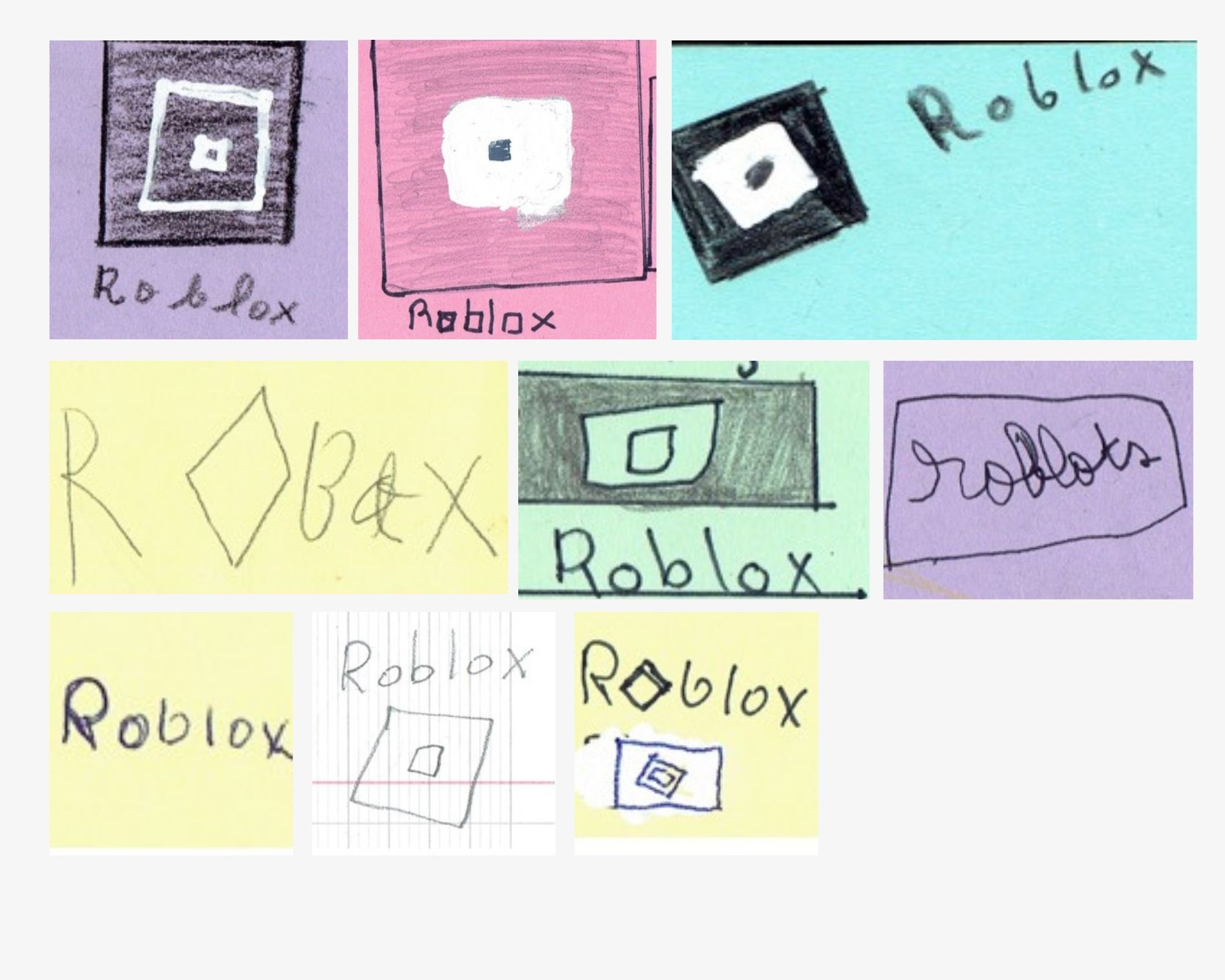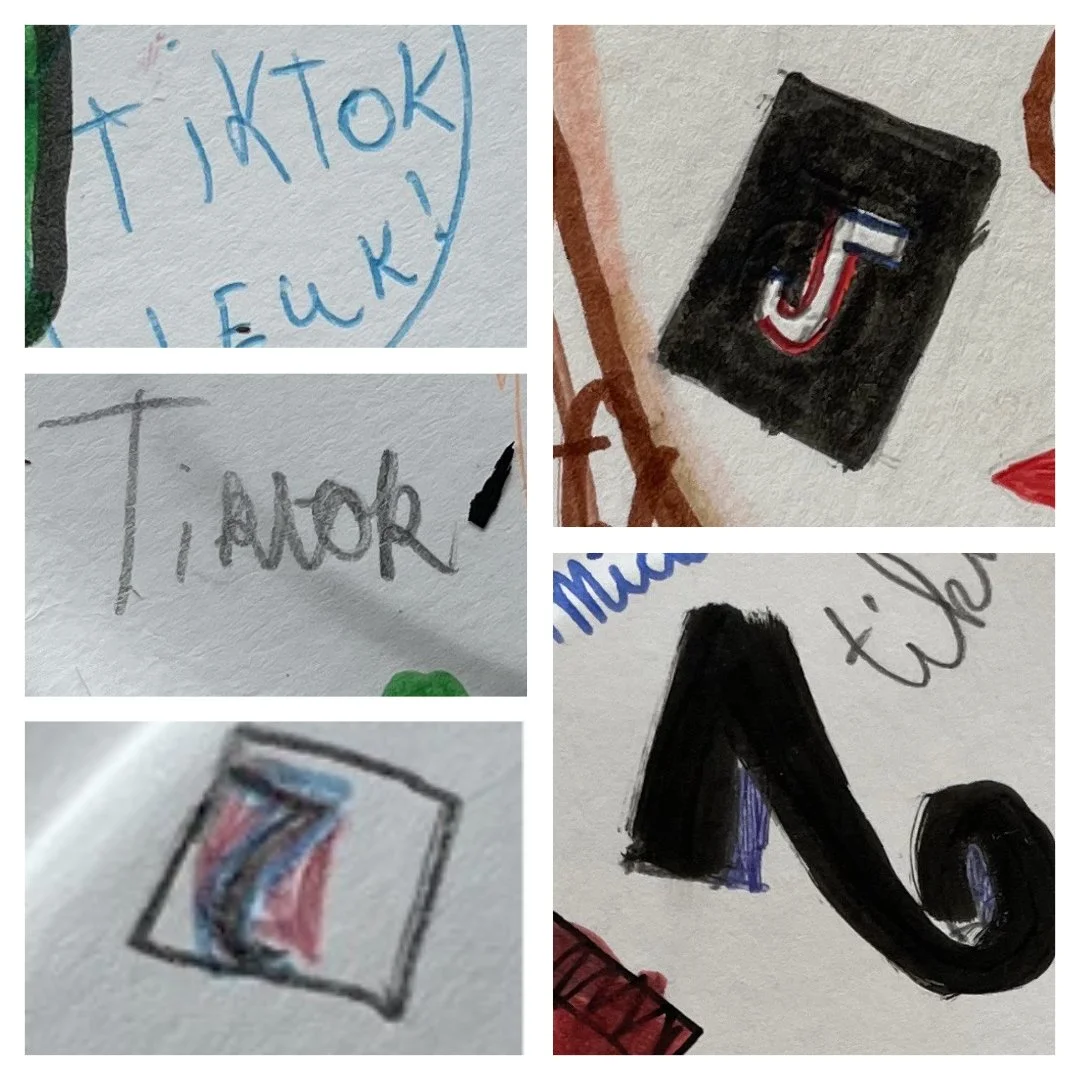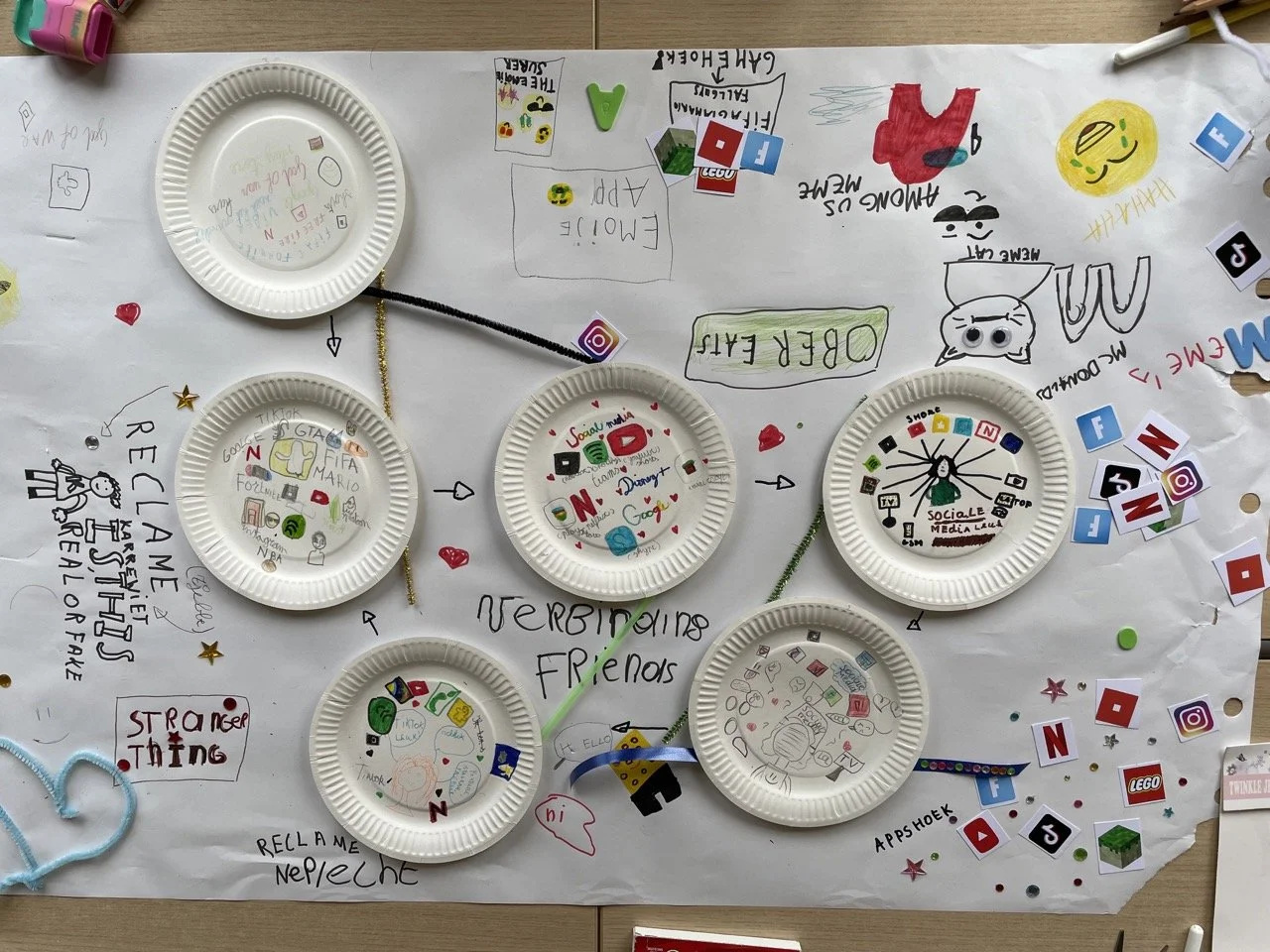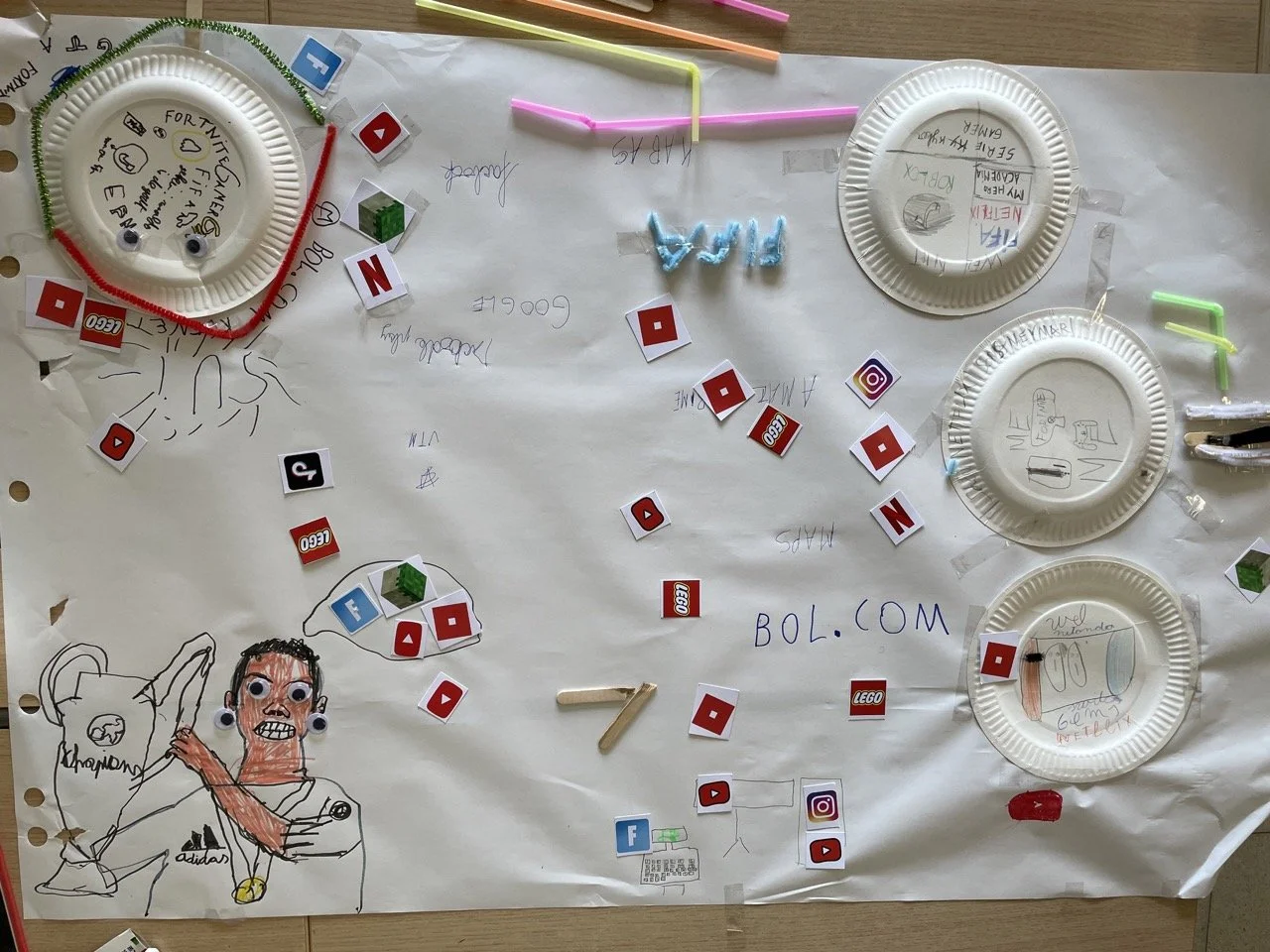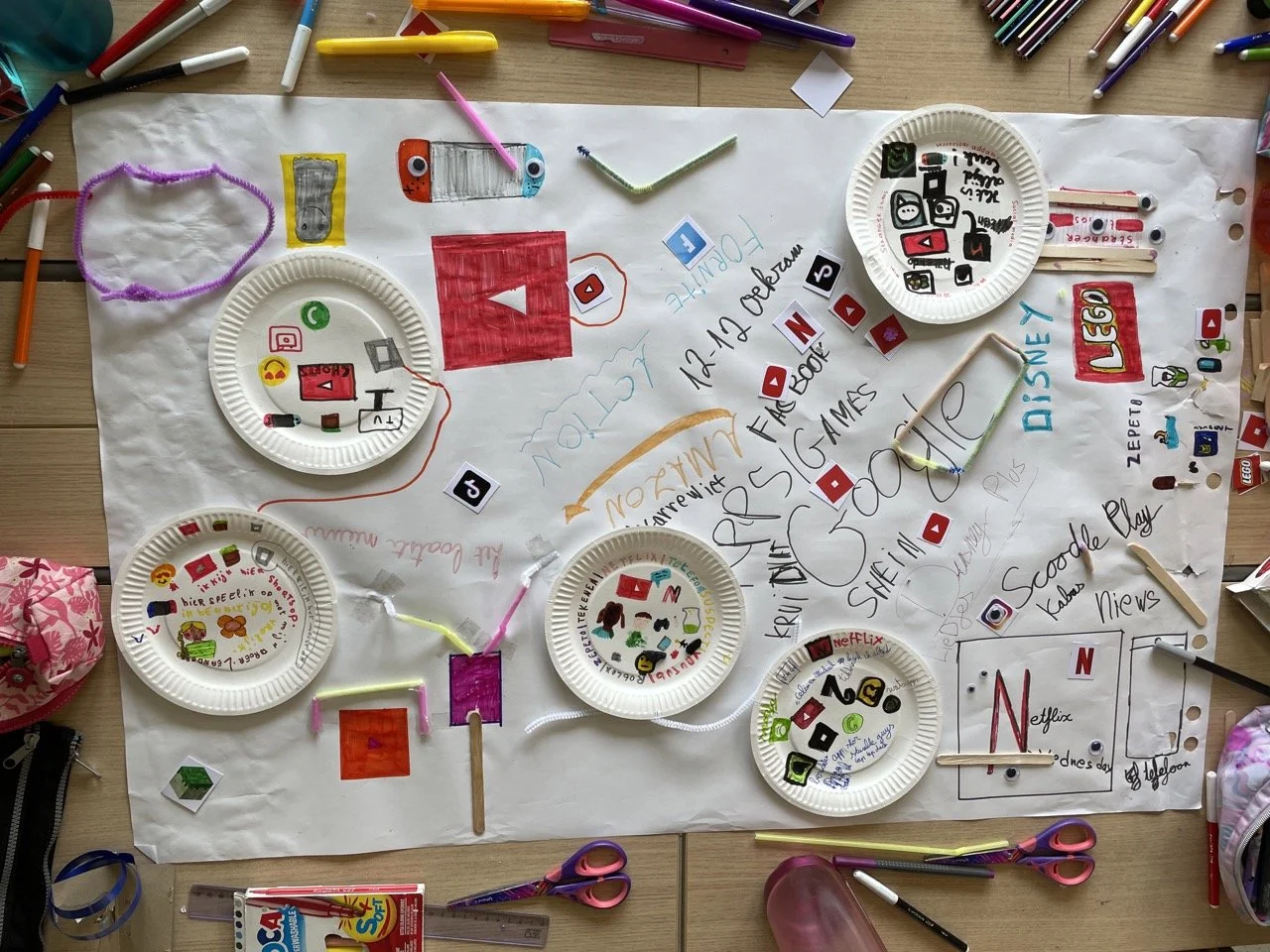
The Digital World Through the Eyes of Kids
How Do Kids in Different Cultures Think of the Digital World?
Digital-native kids navigate the digital realm like digital superheroes, leaving policymakers in pixelated dust. The world needs digital inclusion, and this study's on the frontlines, exploring how these kids conceptualise the digital world.
Our unconventional approach blends art and science, uncovering the relationship of kids with their digital world through affordances. This research sheds light on the power of kids in the virtual realm.
It's time to prioritize their digital freedom and safety – it's their digital playground, after all.
State of The Art
Digital Literacy: From Skills to Social and Ethical Views
existing research on Kids and Digital often maintains preconceived notions about the risks of technology on children's well-being (e.g. EU & Global Kids Online)
Child-centered, even arts-based methods were seldom used in comm studies, but percieved as an interchangeable tool with other methods, not studied itself as a method
Child-friendly materials show gaps between researchers and children
Research and personal experience proves that arts, especially painting, is a great way to research with kids.
Theory
Our qualitative research is all about staying agile, ready to shift gears as the digital landscape morphs.
We held tight to three core elements: a diverse group of kids of the same age, an arts-based activity, and one burning question: What's the digital world look like through the eyes of these digital natives?
Main Framework:
Grounded Theory: (Glaser and Strauss) Unearthing theories from raw data, it's all about finding hidden patterns and connections + Sensitising Concepts (general sense of reference)
Sociomateriality: (Barad & Others, Broader than ANT), We dive into the complex dance of tech and society, acknowledging how one shapes the other.
Arts-Based Research: (Hickey-Moody, Leavy, Kara) Giving kids a creative voice through drawings, we bridge gaps, level the playing field, and let them lead the way.
Method
Planning
To access participants in Belgium, we teamed with Mediawijs, and turned the research into an awareness workshop including discussions and creative workshops to be held in a classroom. The process was roughly duplicated in Lebanon to be as consistant as possible.
the workshop included three activities: creating a digital mind map, drawing self-perceptions in the digital world, and constructing a collective digital network. Each activity was followed by discussions and follow-up questions to explore participants' input further.
Execution
In Belgium, 22 kids aged 9-10 joined our Dutch-speaking workshop at Sint-Jozefscollege. We adapted on the fly based on their digital insights. In Lebanon, at École Al-Carmelia, we worked with 70 eager 10-year-olds, focusing on mind maps, digital art, and online self-portraits. We captured it all on camera.
Aalst Individual Drawings




















Kobayat Individual Drawings
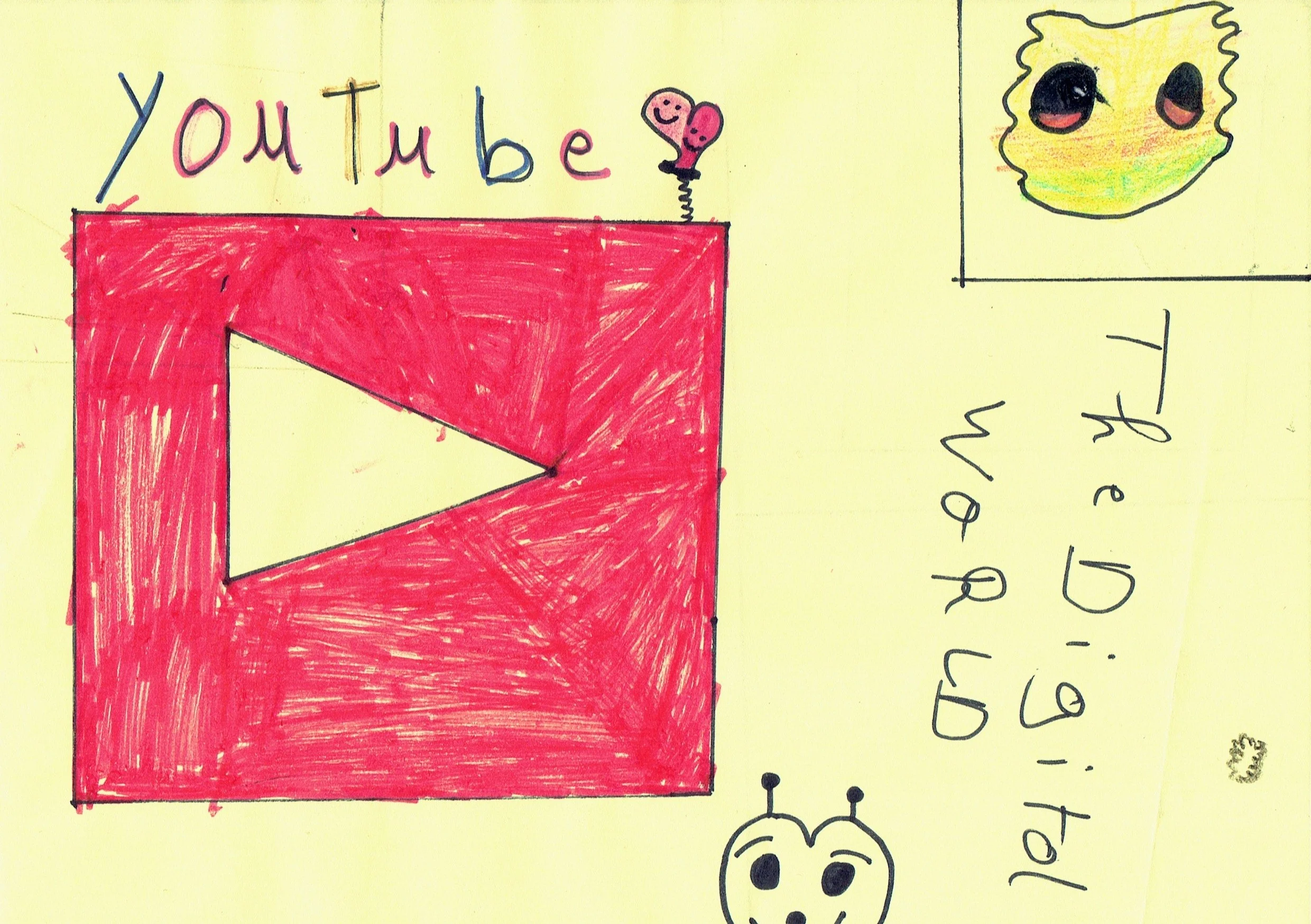

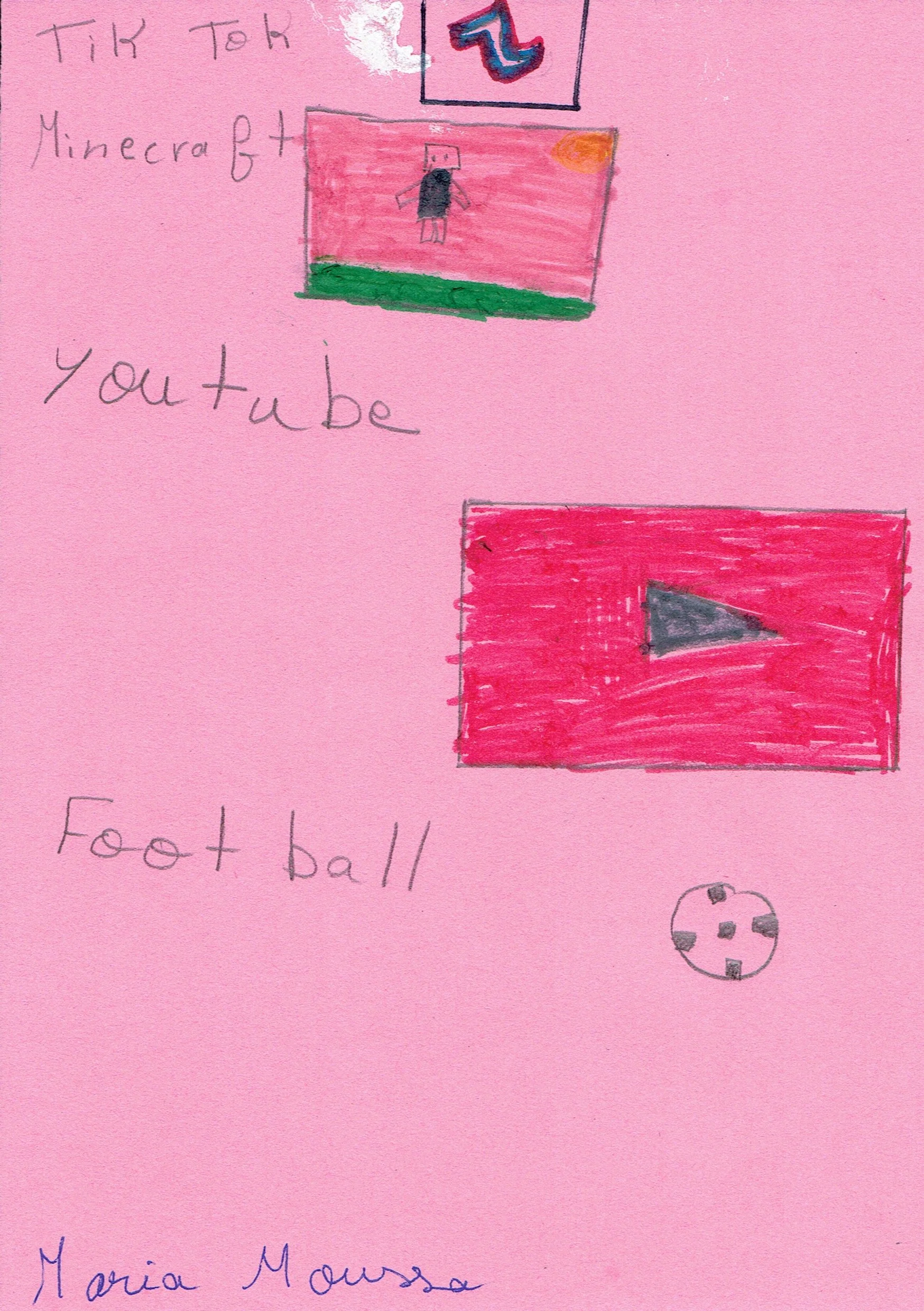
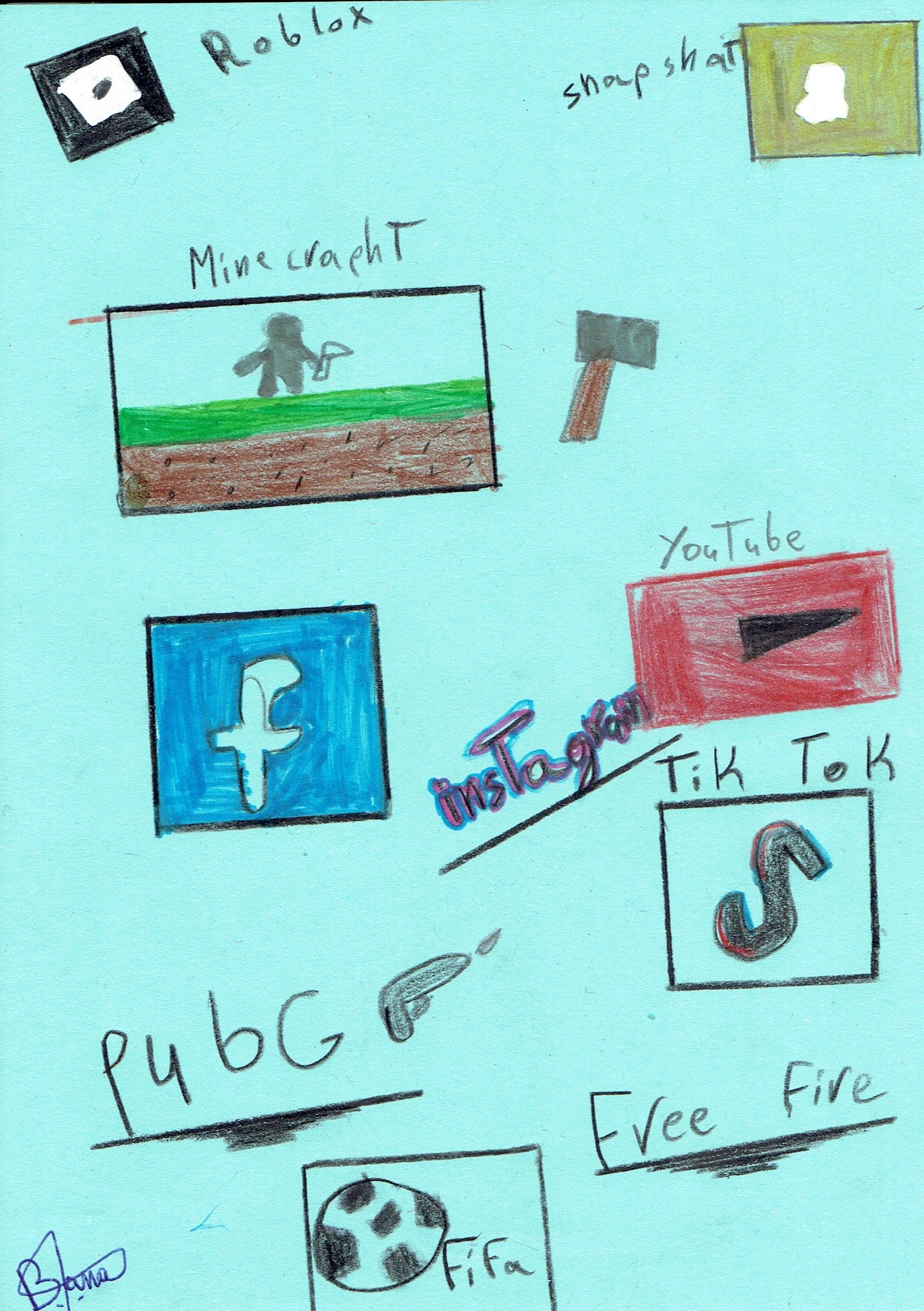
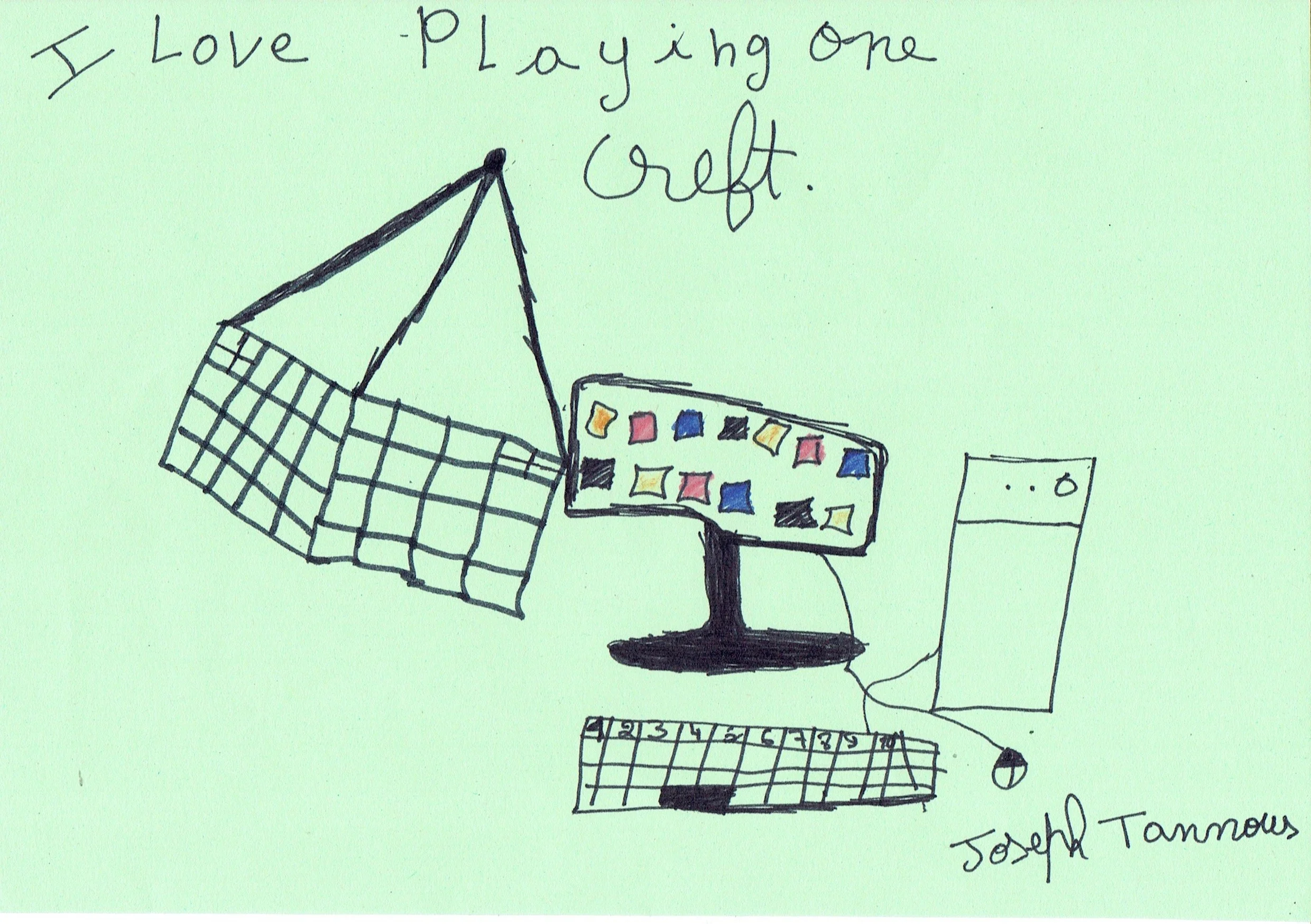
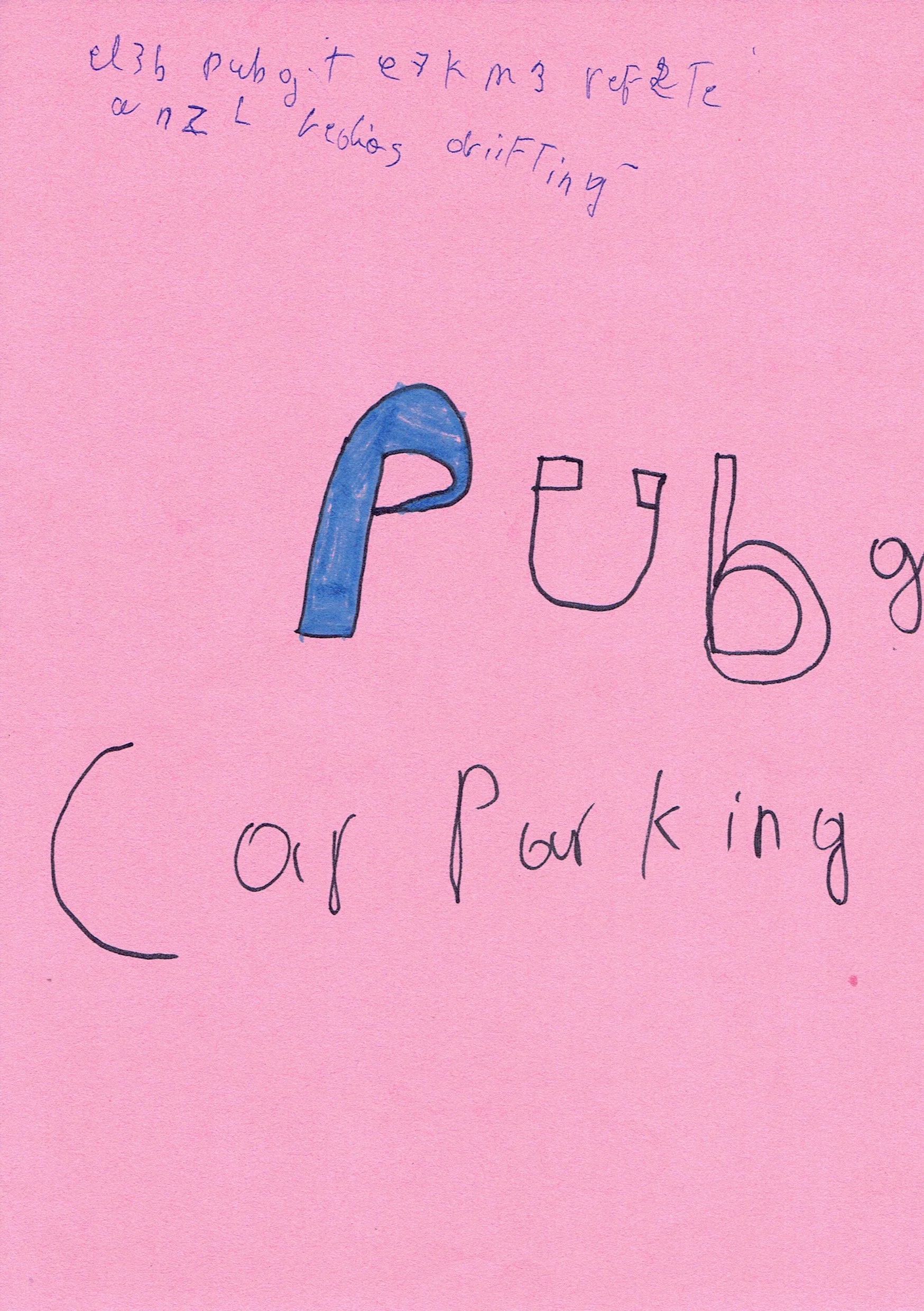
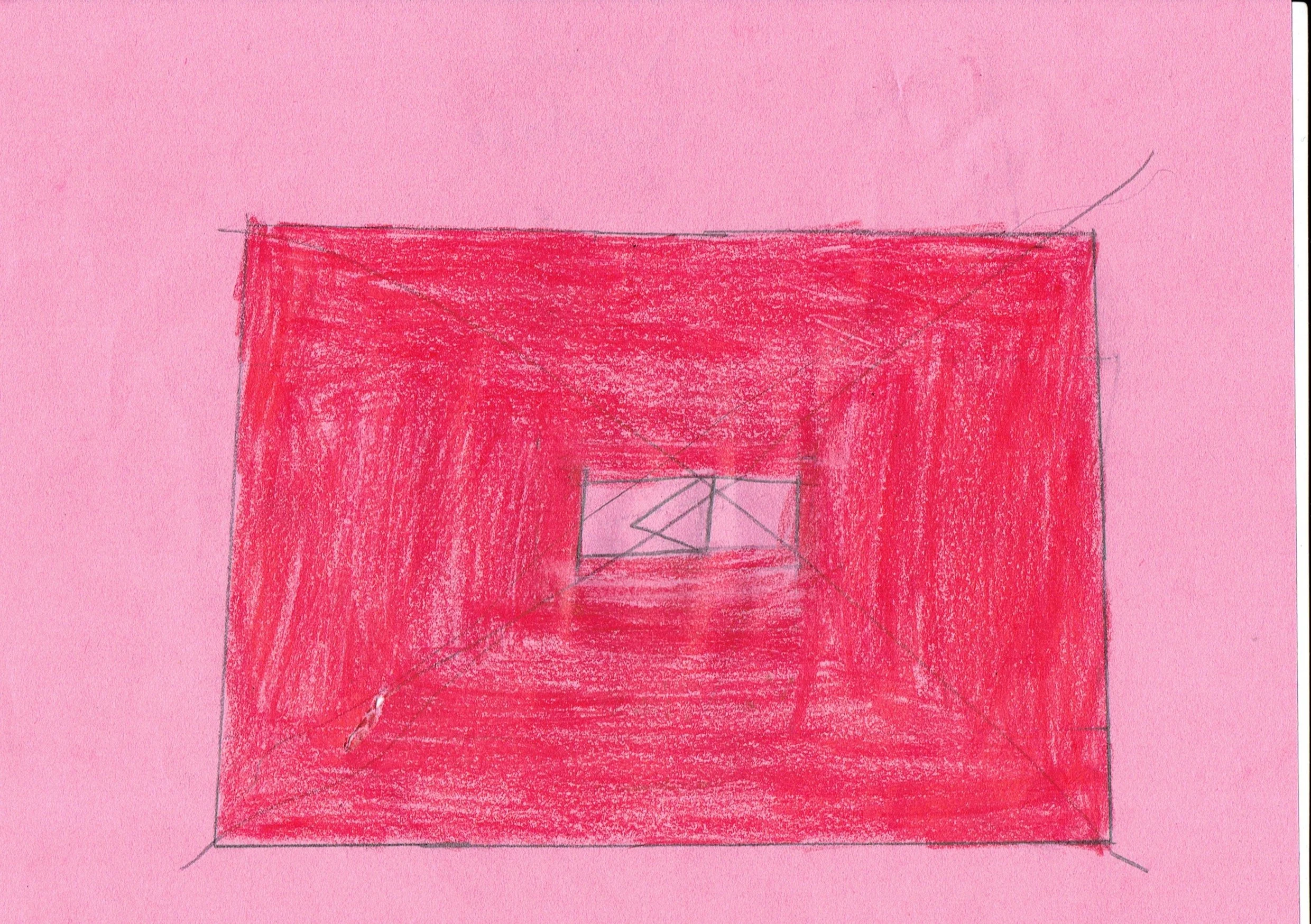
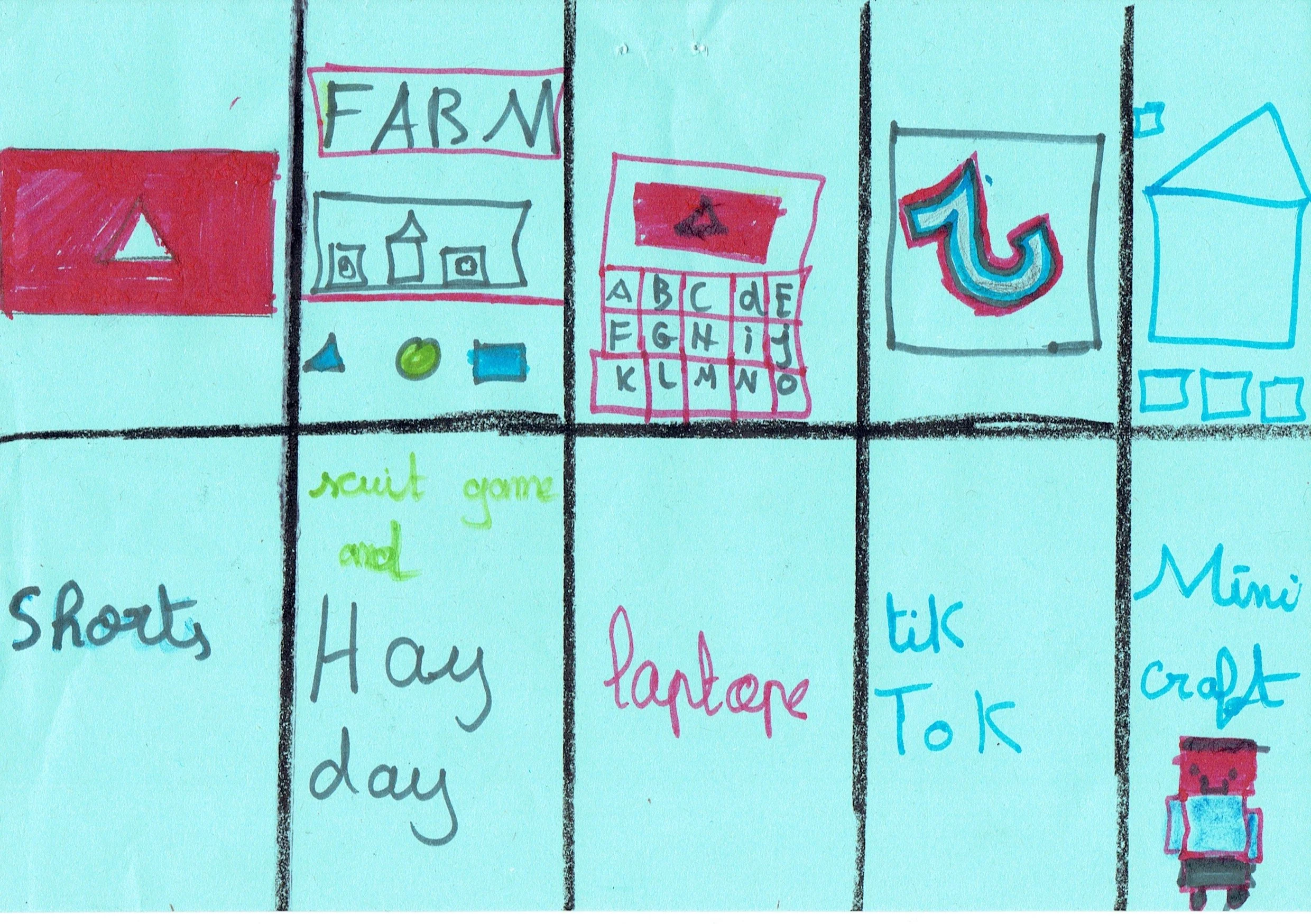
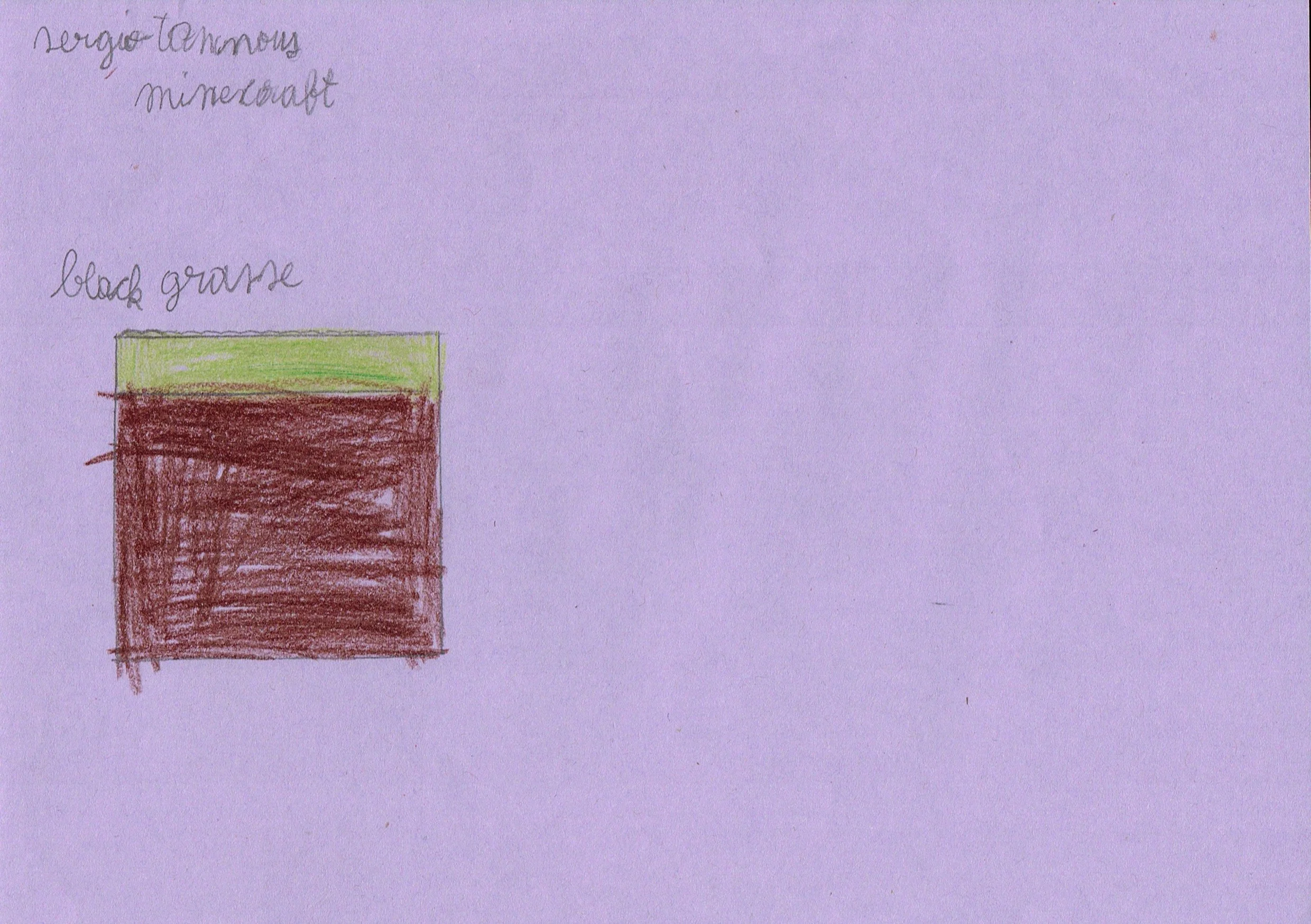
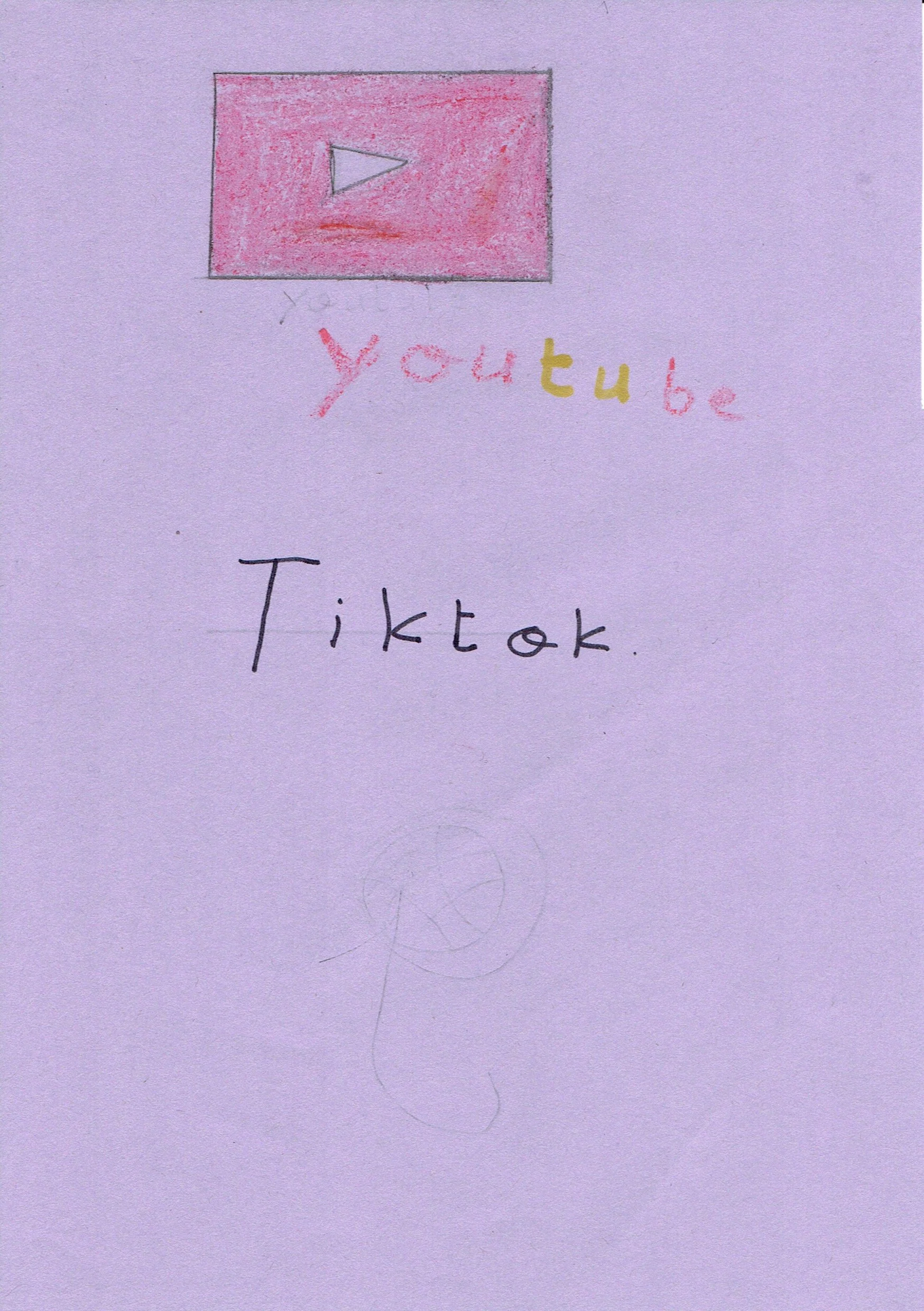
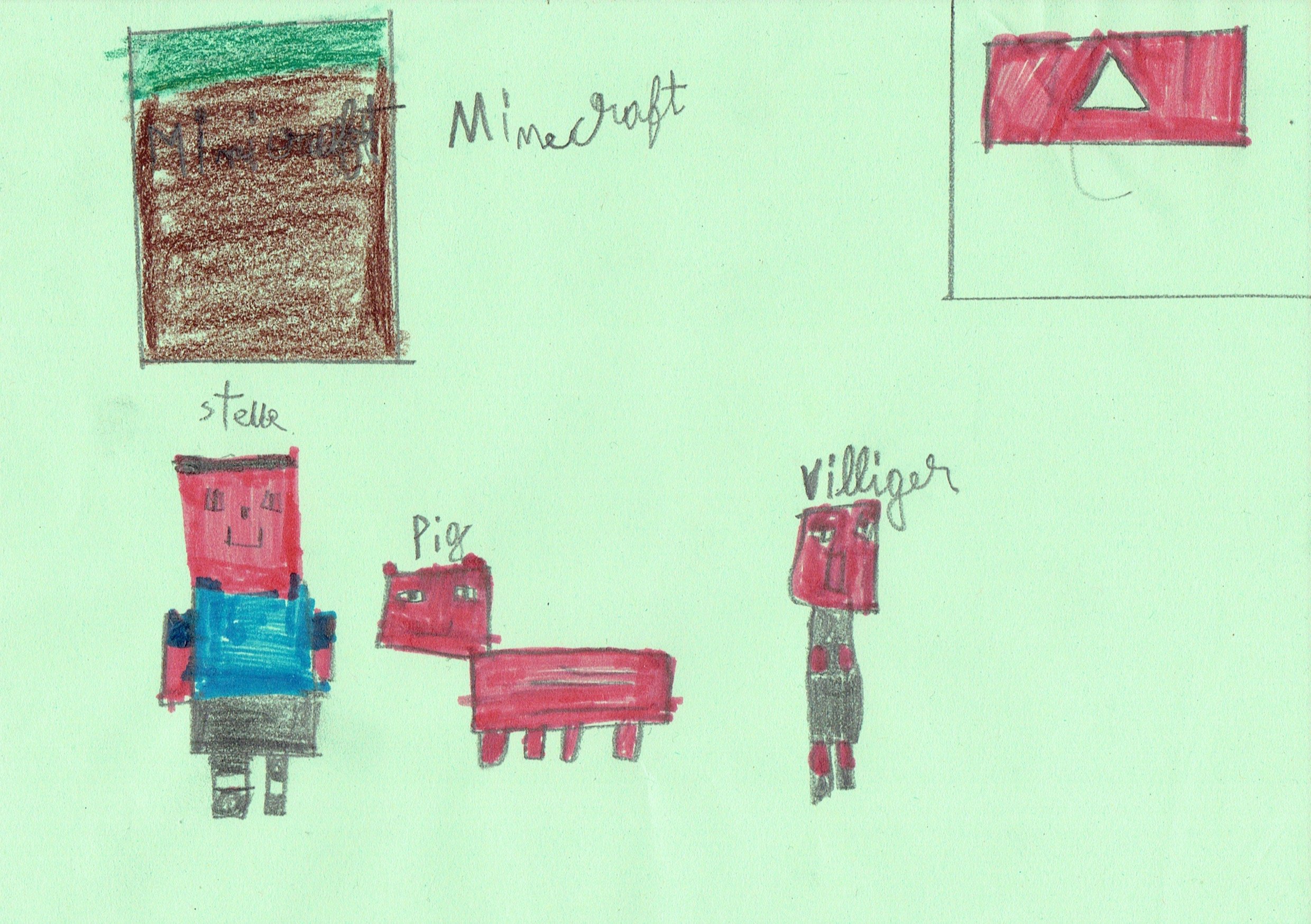
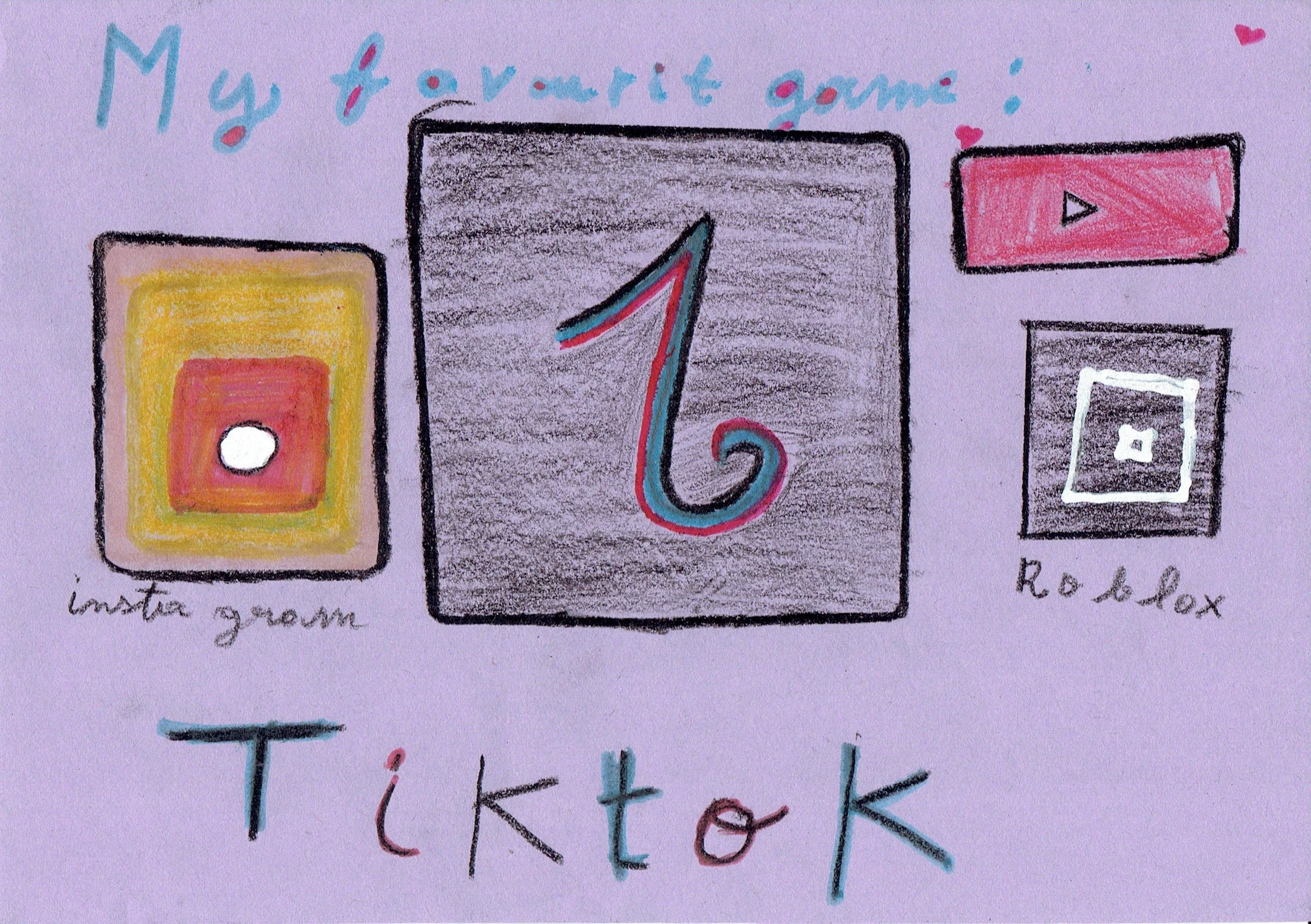
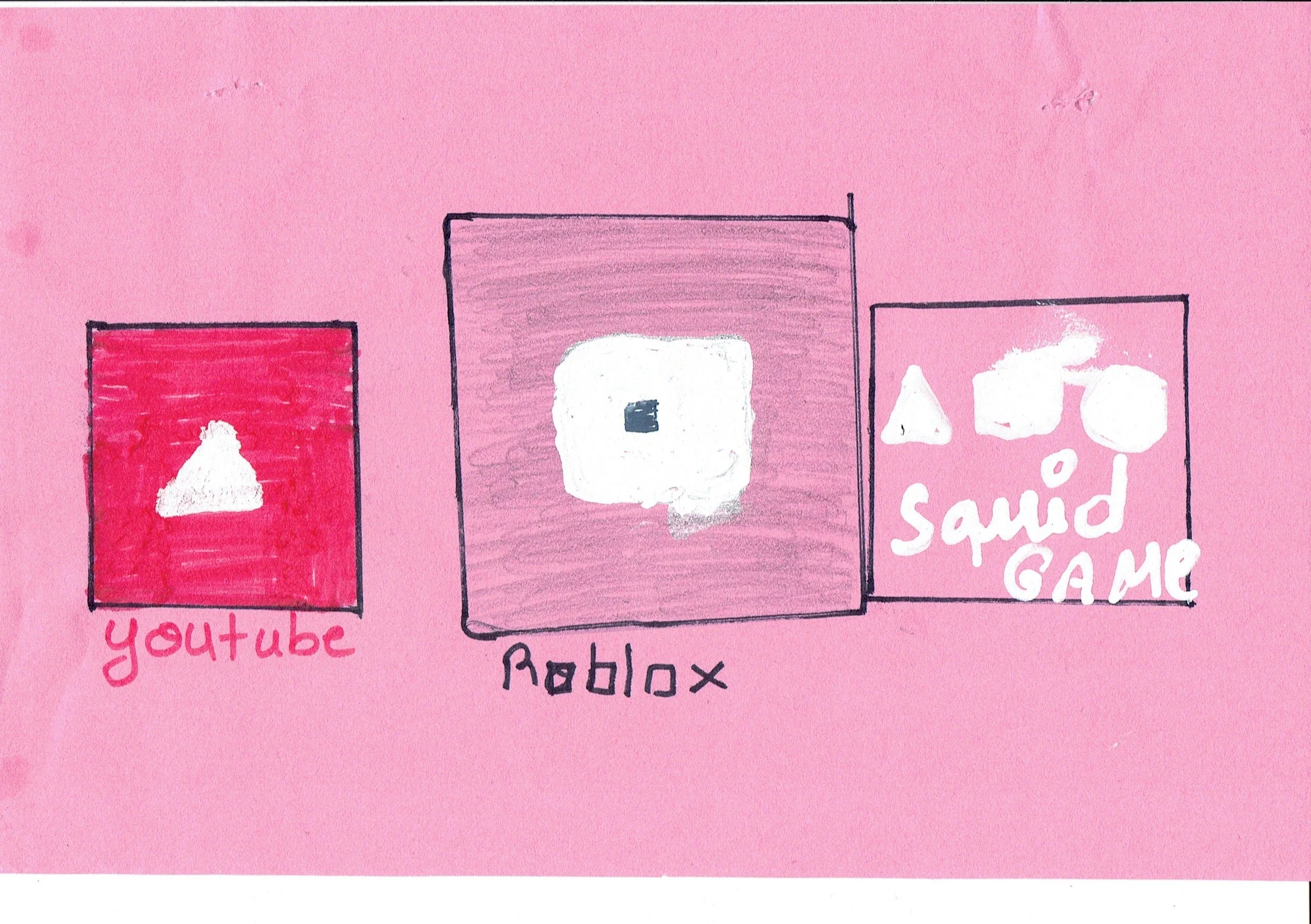

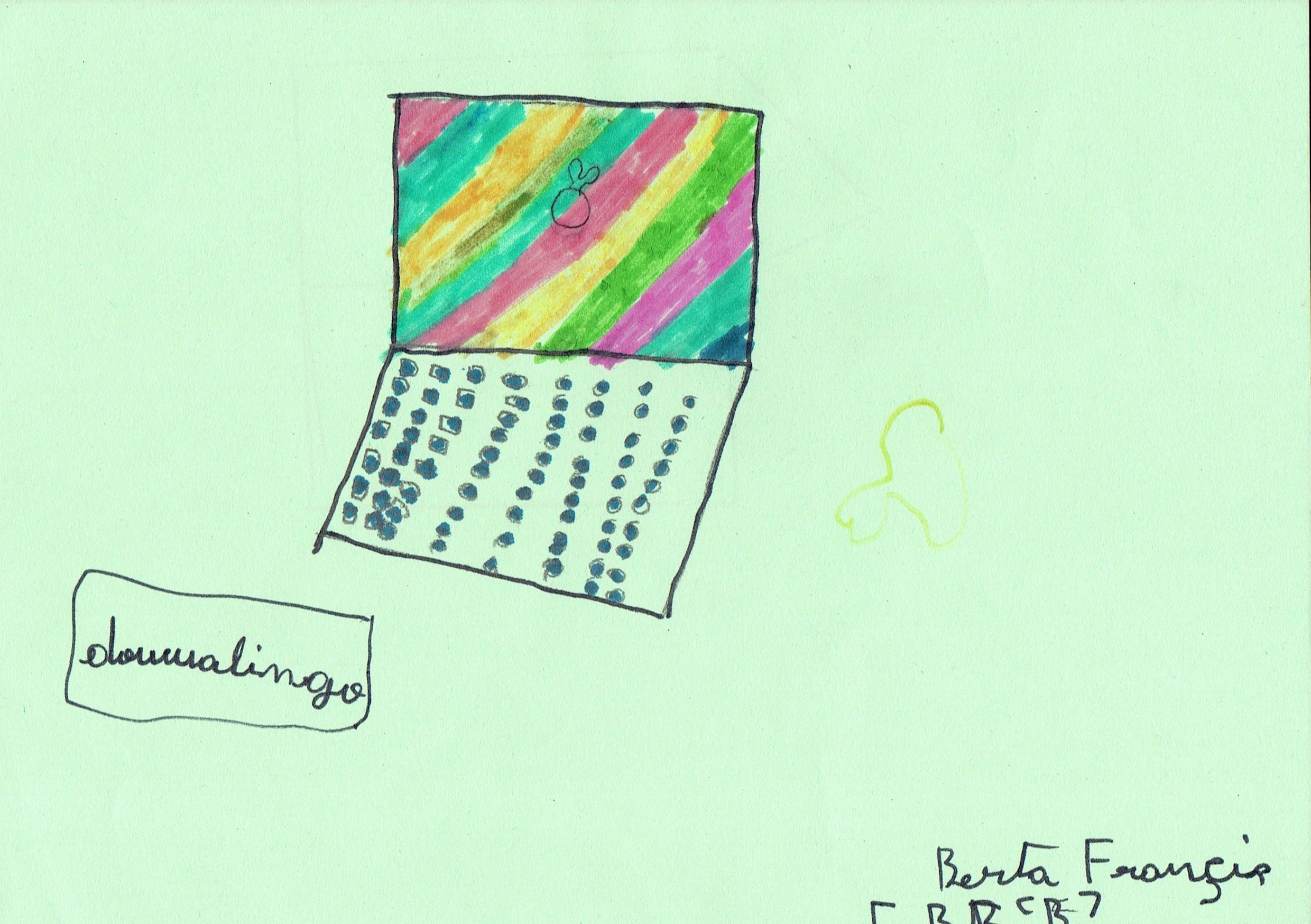
Discussions Insights
Mind-Map Aalst kids dive straight into online games and apps, while Kobayat students take a moment, initially thinking about internet and digital infrastructure. Eventually, both groups land on online apps and games.
Favorite Digital Activity: From Fortnite to TikTok, these kids are all about digital fun. They're into YouTube, TikTok, Instagram, and WhatsApp too, eager to share their digital passions.
Parental Control: Rules abound, especially on TikTok. Kids get it, even if they're not thrilled. In Kobayat, some are bending age rules, and screen-time showdowns vary.
Safety & Uncertainty: Kobayat dives into safety, sharing experiences with strangers online, emphasizing reporting and blocking. Aalst talks photo sharing – family only, no secrets. These kids know online safety.
Individual Drawings: Main Elements Uveiled
Applications and Games: YouTube, TikTok, Roblox, Minecraft, and Netflix. These apps were all over the canvas, showing up as logos or text, expressing their digital love.
Devices: Devices got their moment too, with desktops, laptops, tablets, and mobiles stealing the spotlight. Some drawings even had screens with specific content.
Digital Vibes: Feelings ran deep in these drawings. Kids poured their love for certain apps onto the canvas. And, of course, digital activities like gaming, watching videos, and chatting with pals made an appearance.
Group Drawings: Dynamics
The Collective Drawings exercise became a playground of creativity, where students unleashed their digital worlds in diverse ways. Some started solo, crafting individual masterpieces with application logos. Then, they blended these into a collective digital realm, creating a fusion of their digital universes.
Others dove headfirst into collective drawing, weaving their individual works with symbols and nods to pop culture. Their canvases became a tapestry of shared digital experiences, rich with meaning.
Overall, however, the group dynamics were significantly different between the two locations; in Aalst, the students were smoothly working in groups, while in Kobayat it was harder for them to work together.
The Digital World Through the Eyes of Kids
How Do Kids in Different Cultures Think of the Digital World?
How Kids See the Digital World
➜
Kids + Digital Relationship
➜
Affordances
Gibson: What the environment provide for the user
Evans et al. (2017): Affordances are not objects/features, not outcomes, and are variable
Main Affordances
Playability: The most prominent affordance in the study, refers to the ability of the digital world to facilitate video game playing. Students frequently mentioned video games as their favorite digital activity, highlighting the significance of this affordance.
Watchability: The ability of the digital world to enable students to watch online videos. Students often referred to applications like YouTube, TikTok, and Netflix, emphasizing the importance of this affordance.
Social Connectivity: The digital world's capacity to connect students with others through various digital activities, including social media, online gaming, and messaging apps.
More Affordances
Accessibility – Passage Opening: allows individuals to access the digital world through various devices and technologies.
Access Limitation – Negative Affordance: It hinders their access to the digital world but also leads to Responsiveness, as students find ways to overcome these limitations.
Uncertainty – Negative Affordance: Concerns about privacy and potential risks associated with sharing personal information online lead to Uncertainty.
Responsiveness: The ability of the digital world to respond to users' actions and needs.
Personalization: Customization of one's digital experience, reflecting their unique perceptions of the digital world.
Anonymity: Am outcomenof Personalization, allowing users to remain anonymous to control their online identity.
Assembling Affordances
Wittgenstein: Form of Life (Lebensformen), shared practices and norms among people
Rietveld and Kiverstein: Landscapes and Fields of Affordances co-create each other
Skilled individuals actively engage with and develop within a particular part of the landscape that is important to them, which is the Field of Relevant Affordances.
Geographical and Cultural Difference here only affect accessibility
Affordances in Action

Thematic Takeaways
Digital World: Kids in Control: Children in our study demonstrated a strong interest and expertise in their digital choices. They exercised autonomy in their digital activities, interacted widely with digital tools, and had diverse preferences.
Varied Views on Digital Realm: Children held diverse perceptions of the digital world. Their interactions were influenced by external factors, including socioeconomics, affecting their priorities and experiences.
Digital Challenges, Different Reactions: Despite the digital freedom, children encountered obstacles like access restrictions and online harassment. Responses to these challenges varied, shaping their overall digital outlook.
Thematic Recommendations
Empowering Child Voices: Bridging the generation gap, more research should be conducted from children's perspectives to better understand their needs and ensure their digital well-being in a fast-changing tech landscape.
Balancing Agency and Safety: Exploring the delicate balance between empowering children's digital agency and ensuring their safety in a world filled with diverse content and risks deserves further investigation.
Impact of External Factors: To comprehensively understand children's digital experiences, future research should delve deeper into the influence of social and cultural contexts beyond mere accessibility.
Methodological Recommendations
Art Speaks to Kids: Our study discovered that using arts-based research components is a fantastic way to connect with children, regardless of their culture. It works like a charm, regardless of their personality or self-confidence levels. When researching topics involving children, consider this method to break down barriers and ensure meaningful communication.
Think Twice Before Generalising: While unconventional research can be eye-opening, remember that it's context-dependent. Avoid making sweeping conclusions or applying findings to all kids. Instead, aim for focused themes and methodological consistency in future research for clearer and more reliable results. This research would be considered a preliminary research for bigger, more comprehensive projects, not a standalone study.


